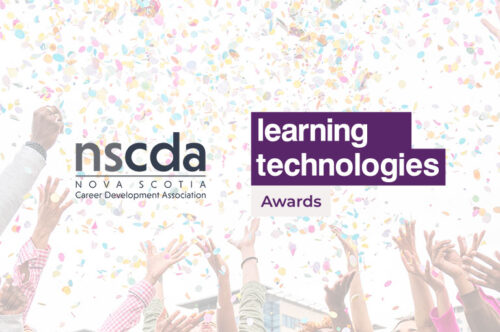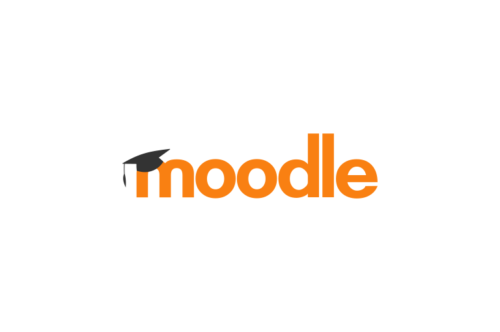The beauty industry is experiencing a digital transformation, and eLearning is at the heart of this evolution. From mastering new techniques to understanding product chemistry, beauty professionals are discovering that online learning offers flexibility, consistency and brand management that traditional training methods often can’t match.
Why eLearning works for beauty professionals
The beauty industry presents unique training challenges that eLearning is particularly well-suited to address:
- Visual learning: Beauty techniques are inherently visual. High-quality video demonstrations allow learners to see techniques up close, pause, rewind and replay until they’ve fully understood each step.
- Flexible scheduling: Beauty professionals often work irregular hours, including evenings and weekends. eLearning allows them to access training when it suits their schedule, whether that’s early mornings or late at night.
- Consistent standards: Large salon chains and beauty brands need to ensure consistent service standards across multiple locations. eLearning delivers the same high-quality training to every learner, regardless of location or access to training resources.
- Cost-effective updates: Beauty trends and techniques evolve rapidly. Digital courses can be updated quickly to reflect new products, techniques or regulations without the expense of in-person training sessions.
Effective approaches for beauty eLearning
Creating engaging eLearning for beauty professionals requires understanding how they learn best:
- Scenario-based learning: Present real salon situations where learners make decisions about client consultations, product selection or technique application. This helps bridge the gap between theory and practice.
- Microlearning modules: Break complex procedures into bite-sized lessons. A five-minute module on “Identifying Skin Types” is more digestible than an hour-long course covering many aspects of skincare.
- Expert guidance: Connect learners with industry professionals through recorded masterclasses, Q&A sessions or discussion forums. Access to expert insights helps learners understand the ‘why’ behind techniques and gain valuable tips that only come from years of experience.
- Mobile-first design: Beauty professionals are often on the go. Ensure courses work seamlessly on smartphones and tablets so learning can happen anywhere.
Overcoming common challenges
While eLearning offers tremendous benefits for beauty training, it’s important to address the unique challenges this industry faces when moving training online:
- Hands-on practice: Beauty is a practical profession. Supplement online learning with skills demonstrations and assessments where learners work on volunteer models, documenting their progress through photos or videos for instructor feedback.
- Building confidence: New techniques can feel daunting without immediate instructor feedback. Include self-assessment checklists and peer review opportunities to help learners gauge their progress and build confidence.
- Maintaining engagement: Keep beauty professionals motivated by incorporating real client stories, before-and-after photos and testimonials from successful professionals who’ve completed the training.
- Technical barriers: Not all beauty professionals are tech-savvy. Design intuitive interfaces and provide clear navigation guides to ensure the technology enhances rather than hinders the learning experience.
Looking ahead
The beauty industry’s embrace of eLearning isn’t just about keeping up with technology – it’s about providing beauty professionals with the tools they need to excel in their craft whilst maintaining the flexibility their careers demand.
Get in touch to discuss how we can help create bespoke eLearning solutions that meet the unique training needs of your beauty business.








